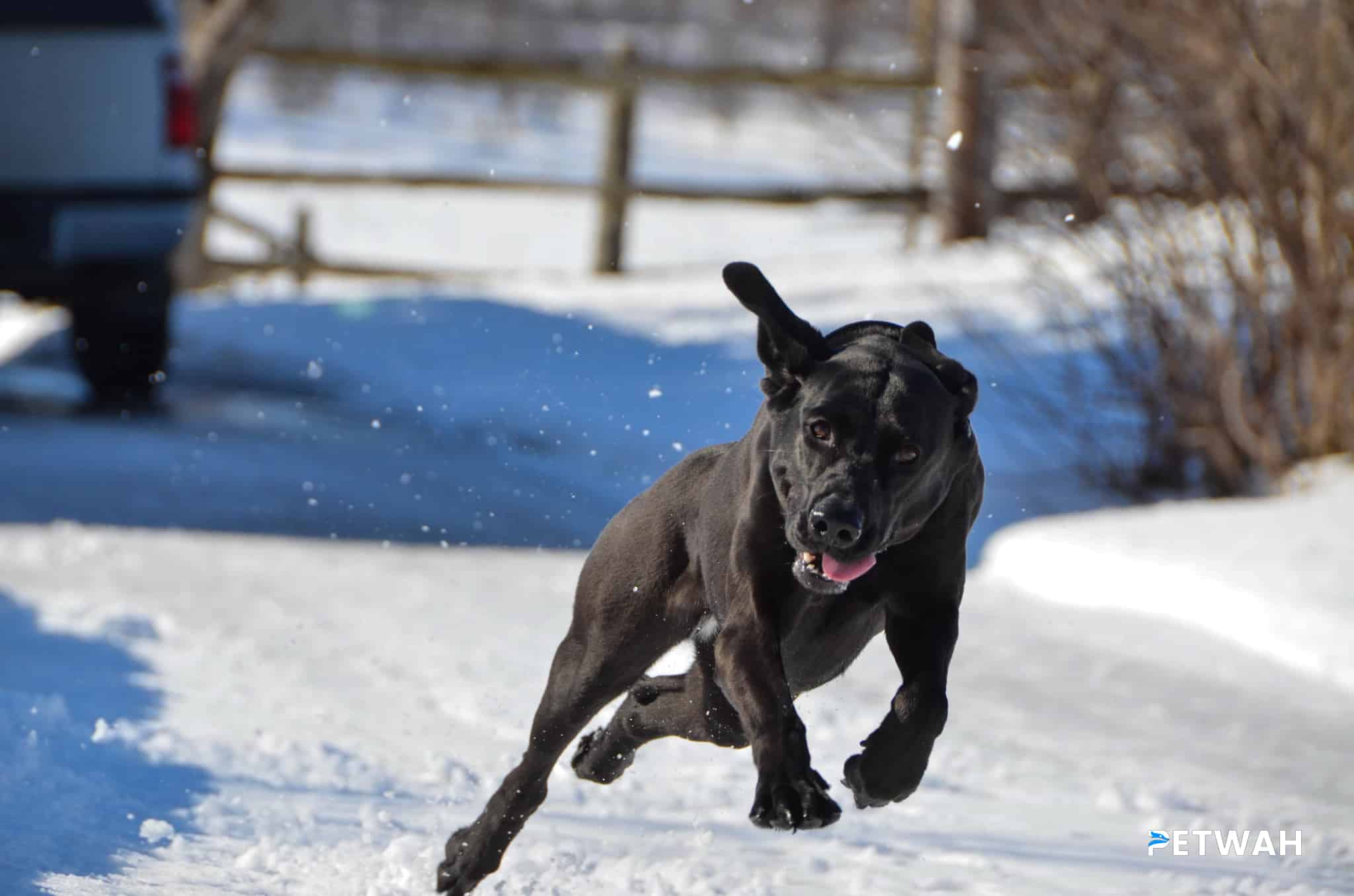As a pet parent, you always want to ensure that your furry friend is healthy and happy. While you may know about common health issues that dogs face, such as dental problems and joint pain, you might not have considered high blood pressure as a potential problem. Just like humans, dogs can develop high blood pressure, which can lead to serious health complications if left untreated. In this blog post, we’ll explore the causes, symptoms, and treatment options for canine hypertension, so you can keep your furry friend healthy and happy for years to come.
Doggie Health 101: Can Dogs Develop High Blood Pressure?
As pet owners, we are responsible for ensuring that our furry friends are in good health. Part of this involves being aware of potential health risks and learning how to spot the signs of certain conditions. One such condition that may arise in dogs is high blood pressure, also known as hypertension. In this blog post, we will explore the topic of canine hypertension in detail, including what it is, how it is diagnosed, and how it can be treated.
What is Canine Hypertension?
High blood pressure occurs when the force of blood against the walls of the blood vessels is too high. In dogs, hypertension is typically classified as either primary or secondary. Primary hypertension is when the cause is unknown, while secondary hypertension is when the high blood pressure is a result of an underlying condition such as kidney disease or Cushing’s disease.
Symptoms of Canine Hypertension
Unfortunately, dogs cannot tell us when something is wrong, so it is up to us to be vigilant and watch for any signs of illness. Some common symptoms of hypertension in dogs include:
– Seizures
– Nosebleeds
– Blindness
– Disorientation
– Changes in behavior or personality
– Increased thirst and urination
Diagnosing Canine Hypertension

If you suspect that your dog may be suffering from hypertension, the first step is to take them to a veterinarian. Your vet will likely perform a physical exam and take a blood pressure reading. Blood pressure measurements in dogs are taken similarly to humans – a cuff is placed around the dog’s leg or tail, and a stethoscope is used to listen for the pulse. In some cases, multiple readings may be necessary to determine if hypertension is present.
Treatment for Canine Hypertension
If your dog is diagnosed with hypertension, there are several treatment options available. The first step may be to address any underlying conditions that may be contributing to the high blood pressure. This may involve medication, dietary changes, or other interventions.
In some cases, medication may be necessary to help lower your dog’s blood pressure. There are several medications available that are safe and effective in treating hypertension in dogs, including ACE inhibitors, calcium channel blockers, and beta-blockers. It is important to work closely with your veterinarian to determine the best treatment plan for your dog.
Preventing Canine Hypertension
While some cases of hypertension in dogs are unavoidable, there are steps you can take to help reduce the risk of your dog developing this condition. These include:
– Regular veterinary checkups
– Maintaining a healthy weight
– Providing regular exercise
– Feeding a balanced and nutritious diet
– Managing underlying conditions such as kidney disease or diabetes
Conclusion
Canine hypertension is a serious condition that can have significant health consequences if left untreated. As pet owners, it is our responsibility to be aware of the signs of this condition and take action if necessary. By working closely with your veterinarian and taking steps to prevent hypertension, you can help ensure that your furry friend lives a happy and healthy life.
In conclusion, high blood pressure is not just a human problem, but it can affect our furry friends as well. As responsible pet owners, we must keep an eye out for the symptoms and take necessary measures to prevent and manage high blood pressure in dogs. Regular veterinary check-ups, a well-balanced diet, and regular exercise can go a long way in promoting good health in our canine companions. By staying informed and proactive, we can ensure that our dogs live long, happy, and healthy lives free from the dangers of high blood pressure.




.jpg)



